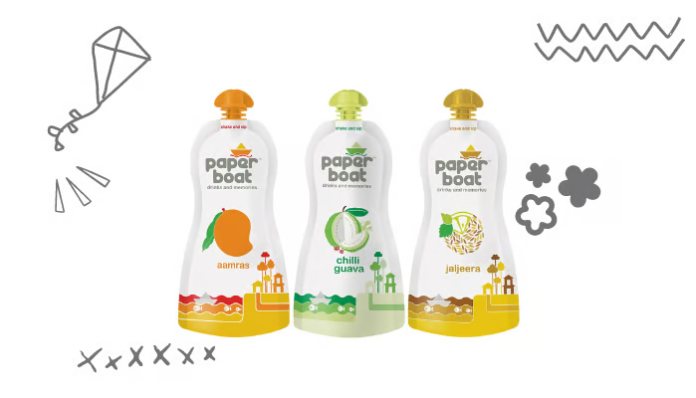
Zara, the Spanish clothing and accessories retailer, is one of the most successful and recognizable fashion brands in the world. Founded in 1975 by Amancio Ortega and Rosalía Mera, Zara is now a part of Inditex, the largest fashion group in the world. With over 2,000 stores in 96 countries, Zara has become a fashion powerhouse, famous for its fast-fashion strategy and innovative marketing techniques.
Branding Strategy Zara’s branding strategy is built around the concept of “fast fashion”. The company is known for its ability to quickly and effectively respond to the latest fashion trends and get them into stores within a matter of weeks. This has allowed Zara to stay ahead of the competition and maintain a strong position in the market. The brand’s slogan “Fast Fashion” is a simple but powerful statement that embodies the company’s core values and sets it apart from its competitors.
Zara’s branding strategy is also built around exclusivity. The company produces limited quantities of each item, creating a sense of urgency among consumers to purchase the products before they sell out. This scarcity of products has made Zara’s clothes more desirable and valuable to consumers, leading to an increase in sales and profits.
Zara’s marketing campaigns are designed to create a buzz around its products and build anticipation among consumers. The company frequently uses social media to share sneak peeks of upcoming collections, teasers of new products, and behind-the-scenes glimpses of their production process. This creates excitement among fans of the brand, leading to increased engagement and sales.
One of the most innovative aspects of Zara’s marketing strategy is its use of data to inform their product releases. The company uses data analytics to monitor consumer behavior and identify trends in real-time. This allows Zara to quickly respond to changes in consumer preferences and release new products that are highly likely to sell well.
Zara’s marketing strategy also includes a strong focus on in-store experiences. The company’s flagship stores are designed to create an immersive shopping experience for consumers. The stores feature minimalist designs with carefully curated displays that showcase the latest fashion trends. Zara also offers personalized styling services to help customers create the perfect outfit.
Implementation Zara’s success can be attributed to the implementation of its branding and marketing strategies. The company has invested heavily in technology to improve its production process and stay ahead of the competition. Zara uses a “pull” system for production, meaning that they only manufacture products after they have been ordered by consumers. This allows the company to minimize waste and respond quickly to changes in consumer demand.
Zara also employs a highly efficient supply chain, with a focus on vertical integration. The company owns its production facilities, allowing them to control the entire manufacturing process from start to finish. This vertical integration has enabled Zara to reduce lead times and get new products into stores faster than its competitors.
Zara’s focus on in-store experiences has also been a crucial element of its implementation strategy. The company’s flagship stores are designed to create a unique shopping experience for consumers. The minimalist designs and carefully curated displays create a sense of luxury, while the personalized styling services help customers find the perfect outfit.
Zara has also implemented a unique approach to advertising. The company doesn’t rely heavily on traditional advertising methods like television commercials or billboards. Instead, they focus on creating a buzz around their products through social media and influencer marketing. This approach has helped Zara reach a younger demographic, who are more likely to engage with social media and follow influencers.
Zara’s implementation of its branding and marketing strategies has been highly successful. The company has seen consistent growth in sales and profits and has become one of the most valuable fashion brands in the world.
Lessons Learned There are several lessons that other companies can learn from Zara’s success.
First, it’s important to stay ahead of the competition by responding quickly to changes in consumer demand. Zara’s fast fashion strategy has allowed them to stay ahead of their competitors and maintain a strong position in the market.
Second, it’s important to create a sense of exclusivity and urgency among consumers. By producing limited quantities of each item and releasing new products frequently, Zara has created a sense of scarcity around their products, making them more desirable to consumers.
Third, data analytics can be a powerful tool for informing product releases and identifying emerging trends. By monitoring consumer behavior in real-time, Zara has been able to quickly respond to changes in consumer preferences and release products that are highly likely to sell well.
Finally, creating a unique in-store experience and focusing on personalized services can help differentiate a brand from its competitors. Zara’s flagship stores are designed to create a luxury shopping experience for consumers, with personalized styling services and carefully curated displays.
WBA (World Brand Affairs)! We hope that readers will find valuable insights from our deep dive into Zara’s branding and marketing strategies.
As a leading global brand and market research platform, WBA is dedicated to bringing powerful stories about top brands and leaders across the world. If you’re interested in staying up-to-date on the latest trends and insights in the world of branding and marketing, be sure to subscribe to our newsletter and follow us on social media. Join us in our mission to empower businesses and individuals to make informed decisions and achieve success in their branding and marketing endeavours.

